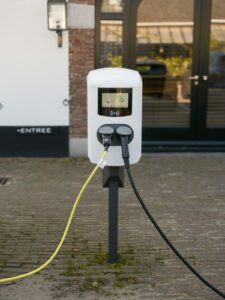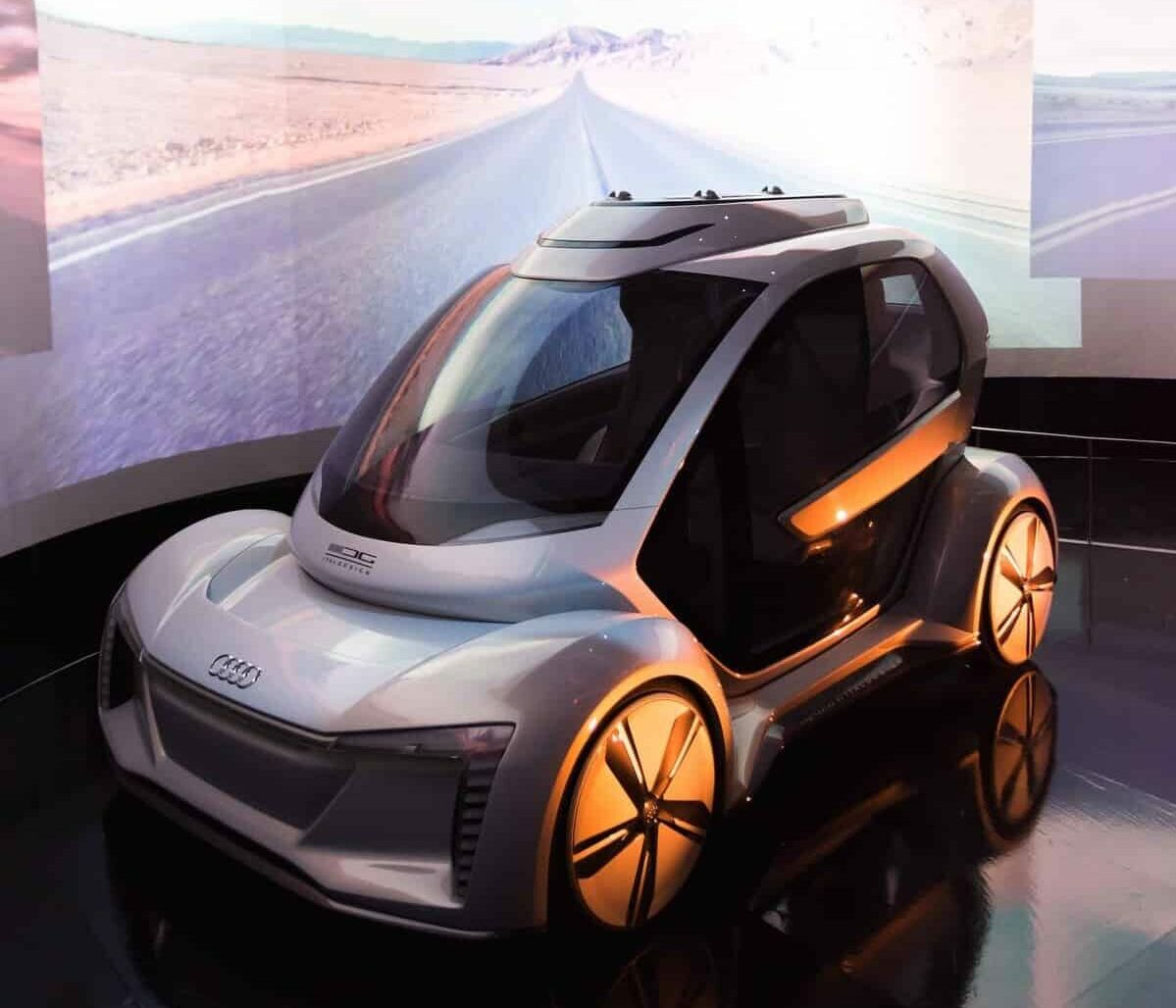
Home / EV Charging News / The Truth About the Future of EV Cars
Electric cars are becoming increasingly popular due to their environmental benefits, lower operating costs, and advanced technology. In the future, it is expected that the use of electric cars will continue to grow, and they will become a more mainstream form of transportation.
Here are some key trends and developments in the electric car industry that are likely to shape the future of electric cars:
It is expected that by 2030, more than 50% of the new cars being sold in the U.S. will be EVs, partially because of the billions being destined to EV incentives in the country. In Europe, this number will grow even larger, since the European Union is ending sales for all ICE vehicles by 2035. In other words, from 2035 all new vehicles in Europe will be electric cars.
In 2030, it is expected that electric cars will become even more prevalent and integrated into our daily lives. Here are some potential developments that could shape the world of electric cars in 2030:
Overall, the world of electric cars in 2030 looks promising, with significant improvements in technology, infrastructure, and adoption rates. As electric cars become more prevalent, they will help to reduce our reliance on fossil fuels and mitigate the effects of climate change.

Figure 1: Future design EV
Many people are wondering “will all cars be electric in the future”? the truth is that there are high probabilities for that. Electric vehicles are described as the mobility solution of the future. Governments around the world are actively encouraging citizens to switch from ICE vehicles to EVs, and there are important reasons for that.
The first reason for the popularity of EVs is their efficient use of energy. ICE vehicles burn gasoline, converting that high energy released into kinetic energy at the wheels, the problem is that between 65% and 72% of that energy is lost in the process. EVs instead convert electric energy into kinetic energy by powering an electric motor, in a process that only loses 15% to 20% of the used power.
The second and one of the most important reasons for the success of EVs is their zero tailpipe emissions. A single ICE vehicle releases around 4.6 metric tons of Carbon Dioxide (CO2) per year, while EVs feature zero tailpipe emissions, meaning that they have no exhaust pipe and do not release CO2 directly, but they can still leave a carbon footprint.
The thing about EVs is that their carbon footprint is equivalent to the CO2 released by the energy used to charge the EV battery. This is why powering EVs with clean energy, creates the potential to considerably reduce Greenhouse Gas (GHG) emissions for the transportation sector, which make up for 27% of the GHG emissions released in the U.S. and around 25% of the GHG emissions worldwide.
While the previous reasons make compelling points in favor of EVs, there are also a few reasons why EVs did not become as popular when they first appeared. The first EV models released to the market back in 2012 were less than ideal, they featured extremely high costs and included relatively low battery capacities, resulting in low driving ranges.
The good news is that this is a thing of the past for EVs. Currently, you can find cheap EV morels for around $20,000 or less after incentives, and the driving range for the most capable EV has reached up to 500 miles. The best way to truly understand the potential future of EV cars is to understand how they have grown in the past and what the countries are planning for them.

Figure 2: U.S. EV registration by state
The U.S. has deeply invested in the future of electric vehicles in world as the main mobility solution for citizens, incentivizing them to replace ICE vehicles by EVs. The Biden administration approved the first $900 million out of $1 trillion to invest in the public EV charging infrastructure for the country, and it placed a large amount on the Federal Tax Credits incentive.
The heavy investment of the U.S. government in EVs is rapidly reflected in EV sales around the country. Currently, more EVs are being sold nowadays per week than in the whole of 2012, and the U.S. is presently responsible for around 10% of the EV sales worldwide.
The popularity of EVs may be only starting. If the sales for EVs keep growing steadily at this pace, with the prices getting lower and the driving range growing, it is expected that more than half of the new vehicle sales in the future will be from electric cars.

Figure 3: EV market share growth rate by region
At least 137 countries around the world want to achieve an ambitious carbon-neutral target in the following years, which is why they are betting on EVs and clean energy to achieve this. Bhutan and Suriname have already achieved it, while Uruguay aims to achieve it by 2030, while most countries from the list aim to achieve it by 2050.
EV sales have been rapidly growing around the world in the last few years. In the whole of 2022, at least 10.6 million EVs were sold worldwide, representing a sales growth of 57% compared to 2021. According to economy consultant experts, the current growth for EVs indicates that approximately 20% of vehicle sales worldwide in 2025 will be EVs, and they will reach 59% by 2035. This forecast indicates the extreme possibility that EVs will likely completely replace ICE vehicles in the future.
The large number of countries joining the phase-out of fossil fuel vehicle sales also supports the future of EVs. Europe is entirely banning ICE vehicle sales by 2035, while other countries aim to do the same including Canada (2035), China (2035), Japan (2035), and more. Some of these do so under the Signatory of the Glasgow Declaration, while others are doing it as part of an in-country plan.
Only time will tell the truth about the future of electric cars, but all this information on the U.S. and the world, in general, indicates that EVs will potentially replace ICE vehicles as the main mobility solution. This change will potentially occur faster as clean energy sources development continues to grow as well.
$2,890.00 Original price was: $2,890.00.$2,790.00Current price is: $2,790.00.
$3,950.00 Original price was: $3,950.00.$3,450.00Current price is: $3,450.00.
$1,650.00 Original price was: $1,650.00.$1,590.00Current price is: $1,590.00.
$2,290.00 Original price was: $2,290.00.$2,150.00Current price is: $2,150.00.
$1,290.00 Original price was: $1,290.00.$799.00Current price is: $799.00.

Your Power Management Partner for Over 25 Years Future Generations Depend on Our Decisions Today ™
2024 © All rights reserved by CyberSwitching